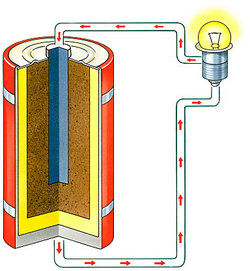Nitrogen combines with hydrogen to form ammonia, NH 3, hydrazine, N 2 H 4, and azoimide, N 3 H (qq.v.); the other known hydrides, N 4 H 4 and N5H5, are salts of azoimide, viz.
On reduction it gives a strongly reducing substance, probably hydrazine.
The aldehyde group also reacts with phenyl hydrazine to form two phenylhydrazones; under certain conditions a hydroxyl group adjacent to the aldehyde group is oxidized and glucosazone is produced; this glucosazone is decomposed by hydrochloric acid into phenyl hydrazine and the keto-aldehyde glucosone.
Its ethyl ester reacts with hydrazine to form hippuryl hydrazine, C,H 5 CO NH CH 2 CO NH NH 2, which was used by Curtius for the preparation of azoimide.
The diketotetrahydrotriazoles, or urazoles, are formed by condensing urea derivatives with hydrazine salts, urazole itself resulting by the action of urea or biuret on hydrazine or its salts.
